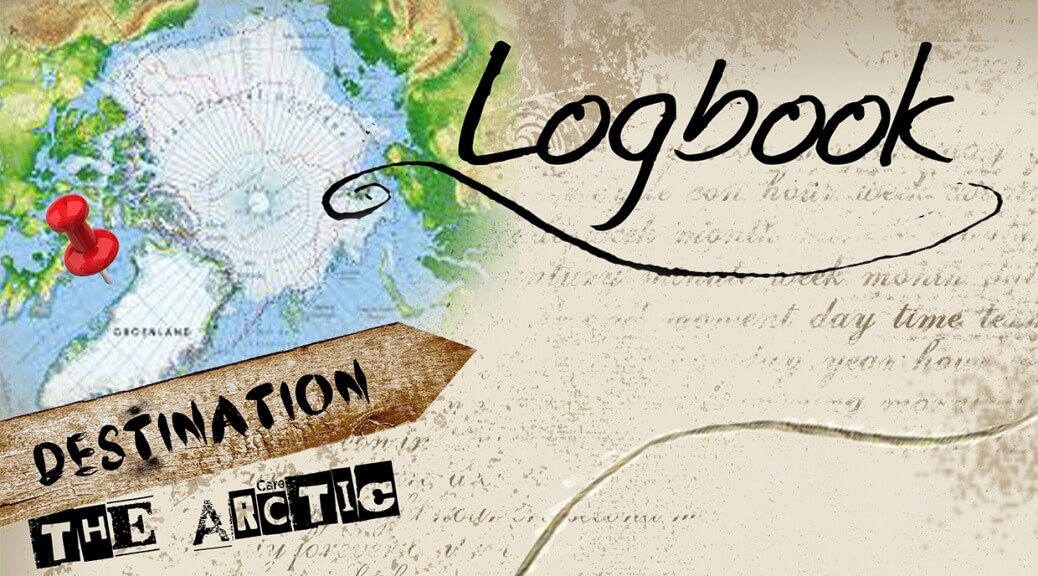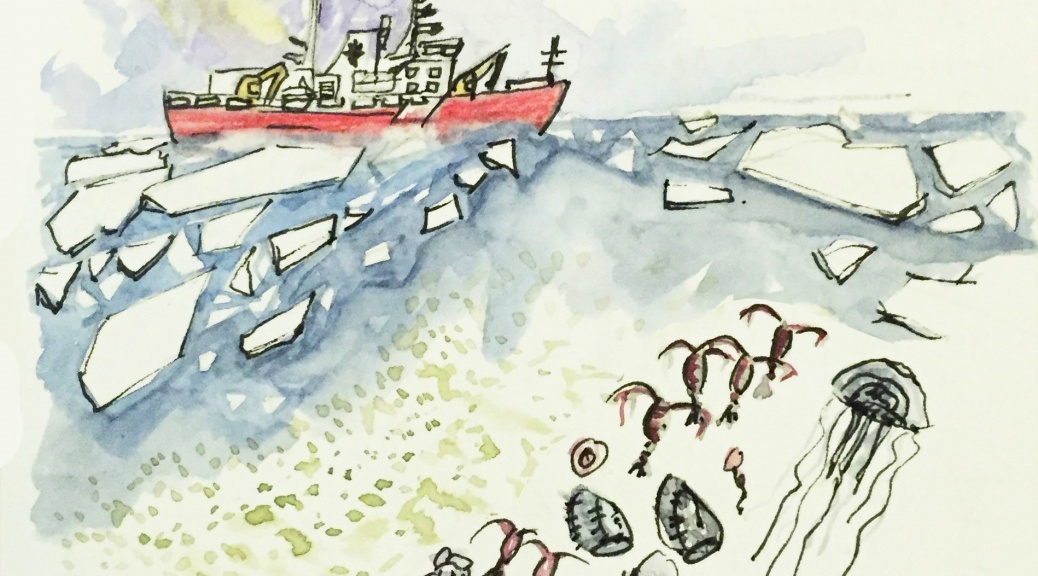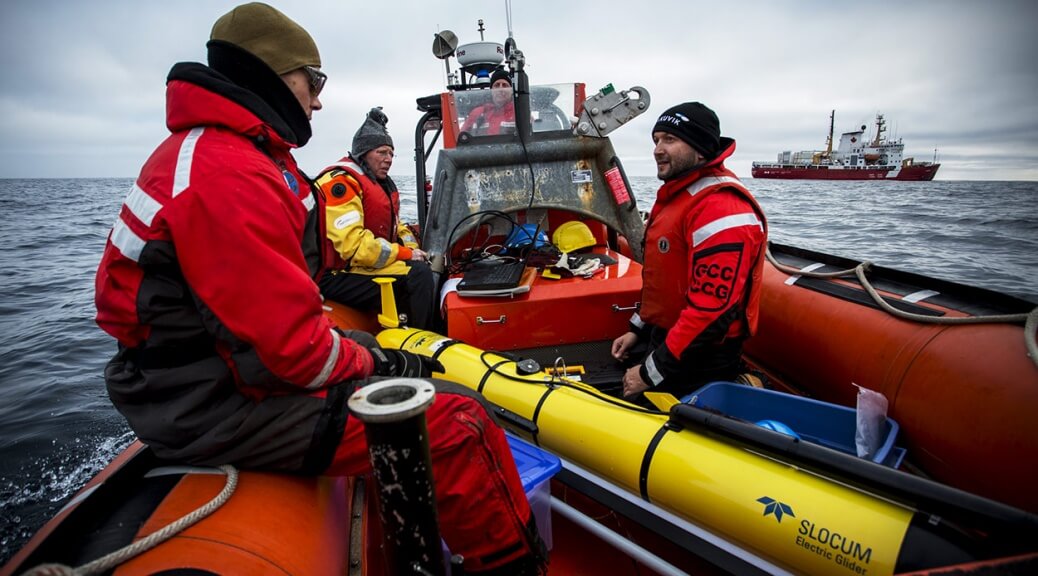Pascaline Bourgain will be in charge of the education and outreach issues onboard the research icebreaker CCGS Amundsen, during the leg 1b (June 23 to July 14). She will ensure the link between the general public, young students and the expedition. She will particularly set up the interactive and multimedia project In the wake of an ice-breaker in the Arctic, associated to the AOA educative website. We invite you to follow her logbook !
Tag Archives: CCGS Amundsen
Extreme icebreaker and floating village
The Amundsen, giant of the seas…
Spending three weeks onboard the CCGS Amundsen in Baffin Bay is a unique experience… The icebreaker’s mission since 2003 is to provide the logistics for scientific campaigns and allow access to the inhospitable waters of the Arctic Ocean. The ship uses its weight (8171 tons ) and thrust to crush the sea ice. It is powered by six diesel engines totaling 15,000 horse power to progress in thick icepacks often exceeding 1 meter. It feels like being constantly in a magnitude 2 earthquake. Many times on this trip I pondered: How can men build such amazing vessels? The design, operation, and navigation are fascinating.
Gliders: The start of operations (Part 1)
After spending several months preparing our ocean gliders activities very carefully (see http://greenedge-expeditions.com/takuvik-glider-team-carries-test-deployments-slocum-gliders/), we finally left Quebec city on board the Amundsen icebreaker. We spent the entire week of transit making final preparations for deployment. We installed all the communication gear. We measured what we call the dark offsets of each of the scientific sensors (i.e. the baseline noise measurements). We ran, for the nth time, simulated missions under a virtual ice floe (either the gliders have this capability of simulating missions, or we use a pocket-sized computer which is identical to that inside the glider).



